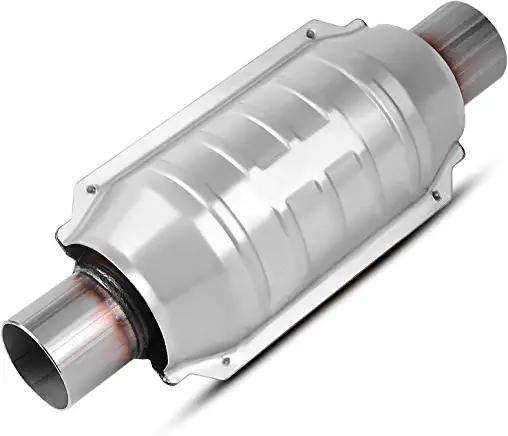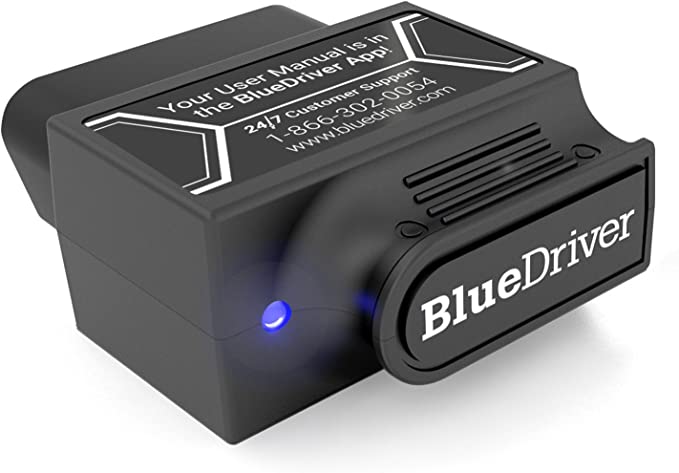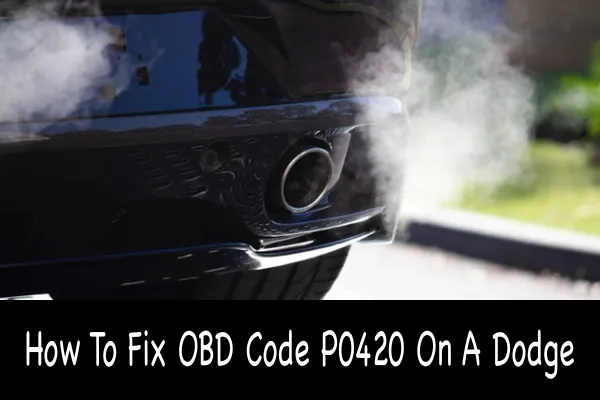OBD Code P0420 is an extremely common indicator of an issue with the operating efficiency of your Dodge's catalytic converter, so it's letting you know by flipping on the check engine light (hopefully before you fail an emissions test).
What does OBD code P0420 mean on a Dodge?
This code basically means that the engine's O2 sensors associated with your Dodge's Catalytic Converter have informed the electronic control unit (ECU) that the catalytic converter isn't doing its job well enough or perhaps at all.

The catalytic converter, as you might know, is a government-mandated device in the Dodge's engine that converts toxic gases & pollutants into less-toxic chemicals by means of extreme heat & multiple stages of chemical processing.
If the catalytic converter isn't working like it should, your engine will let off more pollution than is legal – a P0420 code almost assuredly means that you'll fail an annual emissions test, so you don't have much choice but to get this fixed if you want to drive legally.
What triggers OBD code P0420?
Note: If your vehicle has a dual exhaust system, this code will indicate that the issue is with the first engine bank, i.e. the side of the engine with the #1 cylinder. On dual-exhaust vehicles, you might see code PO430 instead, representing the second bank. On most vehicles, however – this code indicates a problem with either or both bank(s).
Catalytic converters typically have O2 sensors both ahead of & behind the converter apparatus. When your engine is running & hot, the converter starts running in what's called "closed loop mode". At this point, the front sensor should be registering varying levels of O2 in the exhaust while the back sensor should be reading fairly stable levels, because the converter "normalizes" the exhaust as it flows through the catalyst.
If the readings from code P0420 are roughly equivalent, that means there's a problem with your catalytic converter, so your ECU will trigger trouble code P0420 & flip on the malfunction indicator lamp or "Check Engine Light".
How to diagnose code P0420 on a Dodge
Typically, you'll find out about P0420 because your malfunction indicator lamp or "check engine light" turned on & you or a mechanic diagnosed the problem with an OBD II code scanner like this one from Bluedriver. You may experience a very slight reduction in engine power from reduced exhaust flow, as well.
There's also the possiblity that you failed an solenoid-style emissions test from excess pollutants in the tailpipe or failed an OBD-based emissions test. Regardless, you need to get this one fixed, especially if your annual smog check deadline is coming up or is here.
How much does it cost to fix code P0420 on a Dodge?
This is a potentially costly repair – catalytic converters contain valuable metals like platinum, which means that the part itself is expensive – as much as thousands of dollars depending on your vehicle. What's more, the labor involved can run into the four figures too. Replacing a catalytic converter can be difficult, especially on more recent models that have tried to make them harder to steal.
Can I drive my Dodge with OBD II Code P0420?
This code isn't particularly dangerous to drive with for a little while – we'd just strongly recommend that you reset the check engine light with an OBD scanner so if another mor urgent issue crops up, you'll know about it. This can be done with most OBD II code scanners. It won't fix your issue, of course, but it'll temporarily "mute" them.

Step by step instructions to fix P0420 on a Dodge:
First, check for leaks along the exhaust system – along the pipes, manifold, all the way to the catalytic converter itself. These should be easy to spot, especially when the engine is running.
No luck? Start the engine again & use a point-and-scan thermometer to gauge the termperature of the exhaust running into the catalytic converter.

To do this, let the engine warm up, then point the thermometer at the pipe leading into the catalytic converter & note the reading. Then, scan the "exit" pipe where the exhaust flows out & compare the reading to the first one you took. If they're around 100 degrees apart (Farenheit) then your converter is probably fine and you're looking at a problem with your O2 sensor(s).
On the other hand, if they are substantially less than 100 degrees apart (in Farenheit) it probably means your catalytic converter has failed or was faulty from the start. The reason you can make this determination is that a functional catalytic converter will lower the temperature of the exhaust by a substantial degree in the course of normal operation.
If the O2 sensor is the issue…
The repair here is pretty straightforward – the O2 sensor isn't something you want to fix so much as you want to remove & replace it. They tend to be affordable – just pick one up from Amazon or an auto parts store. We like this selection of O2 sensors for catalytic converters..
If the catalytic converter is the problem…
This fix will be a little pricier. Catalytic converters contain expensive rare-earth metals that make them expensive to produce. We recommend letting a pro install these, but if you're dead-set on doing it yourself, pick up a mid-range or high-end universal option instead of going the OEM route. This is our favorite choice for a universal replacement cat.
It's worth mentioning there's a few states that abide by CARB (an emissions regulation) – this won't get you past an emissions test in those states, so tread carefully. If all else fails and you're not confident, there's no shame in taking it into the dealer for a diagnostic & fix.
As always, we strive for accuracy, but do your own research – we're not responsible for how you use the information here

